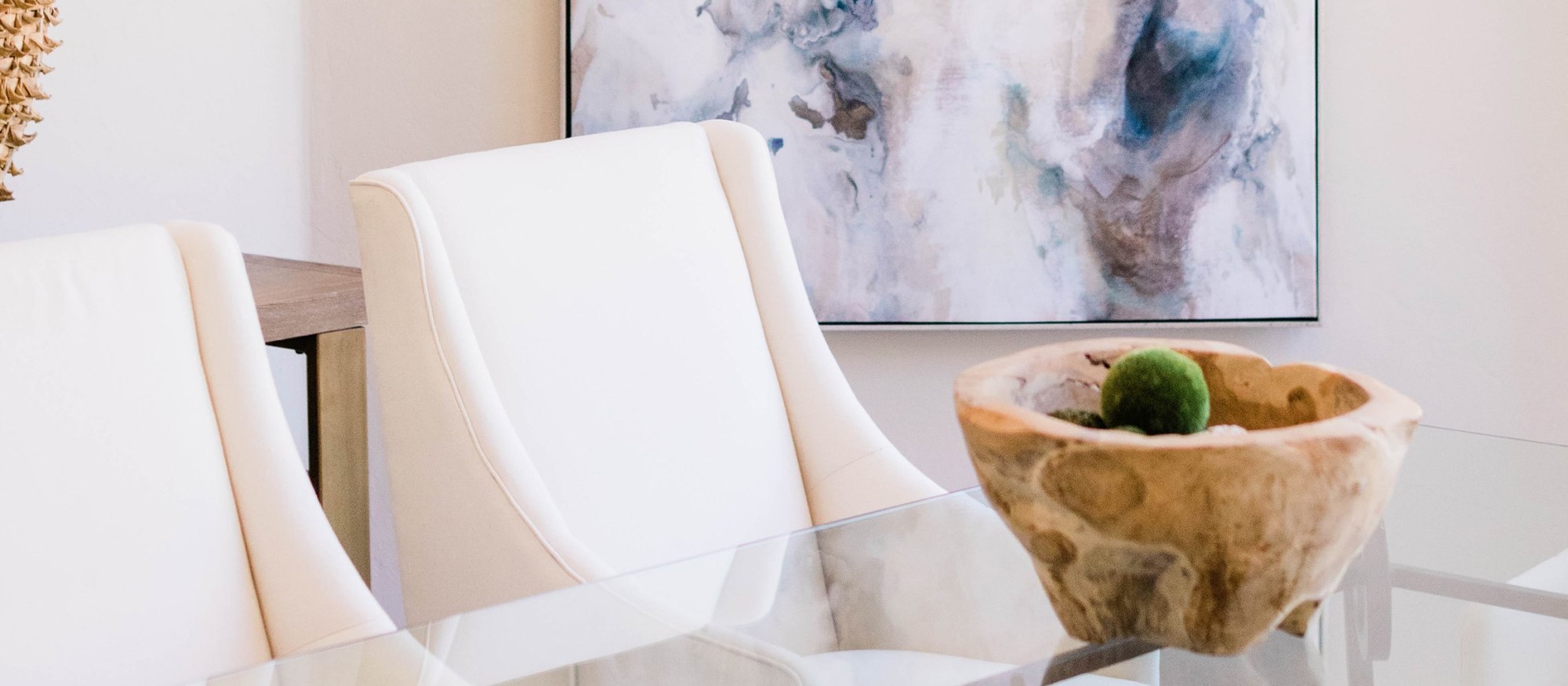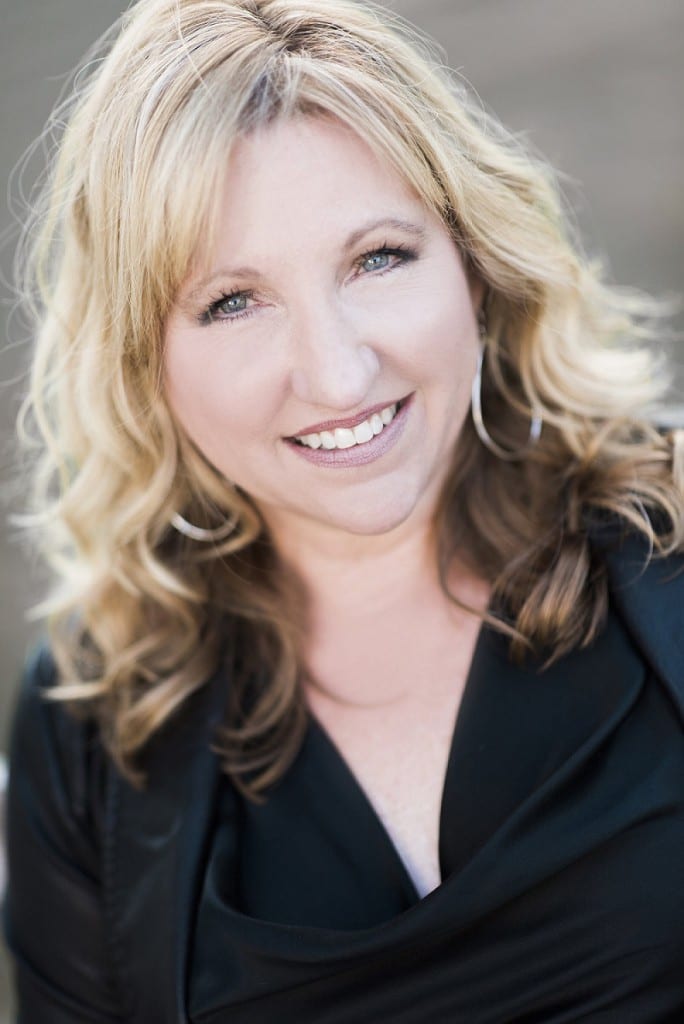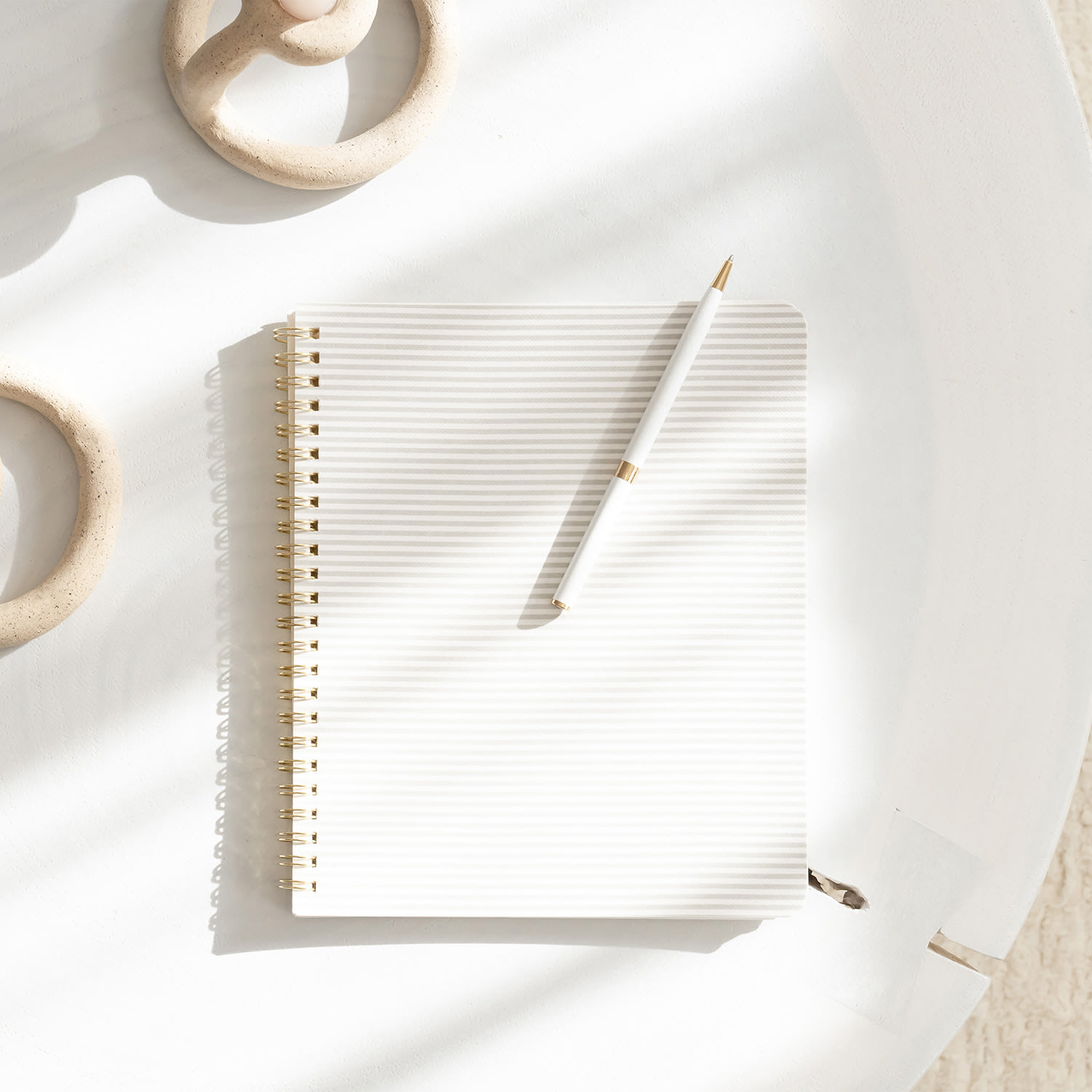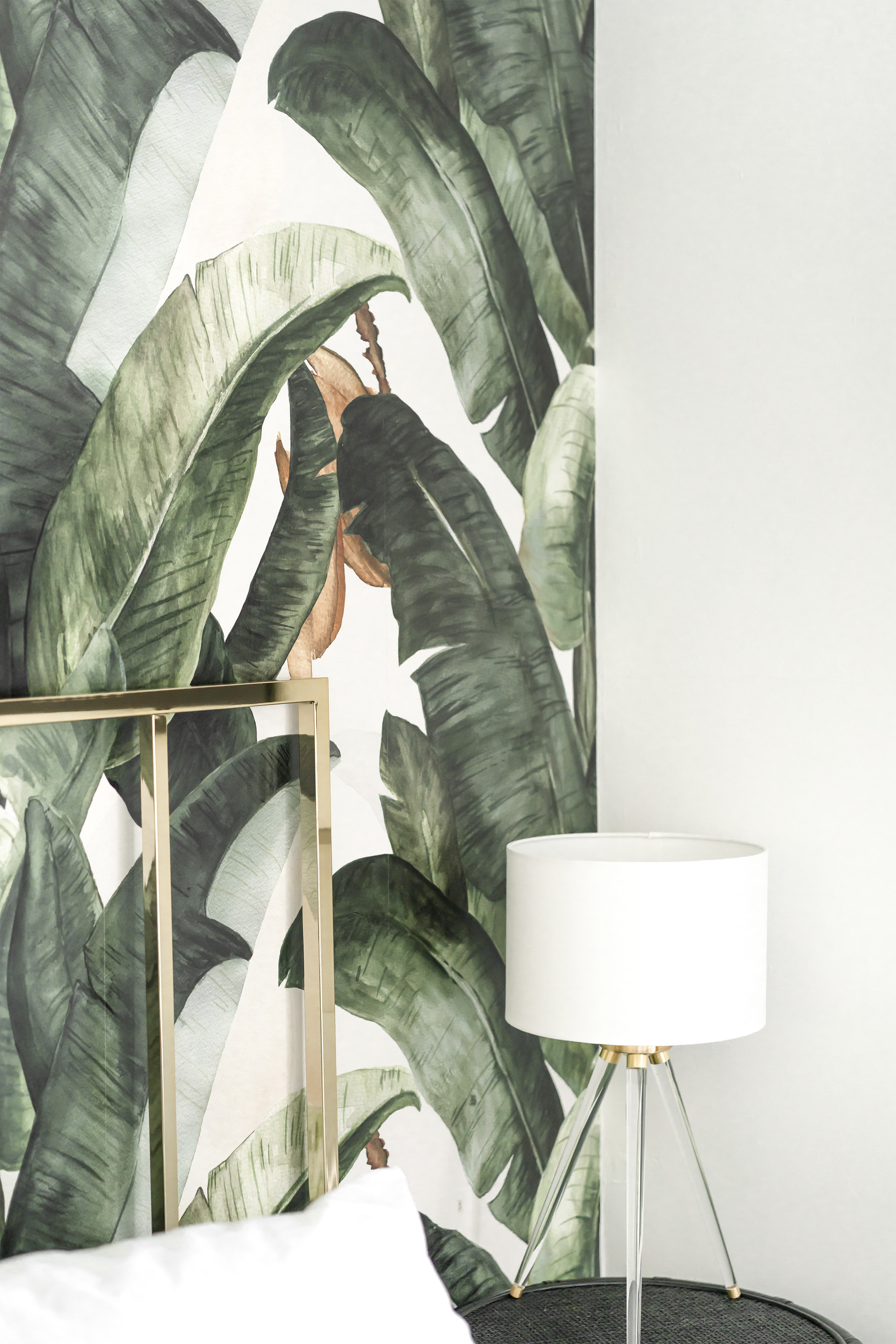“An interior is a natural projection of the soul.” – Coco Chanel

I firmly believe that everyone benefits from a beautiful and functional home. Life is crazy and at the end of the day, we all want to land someplace that welcomes us with familiar things and comfortable spaces. When it comes to designing your home, I’ll rely on your goals and preferences to create spaces YOU will love. We’ll incorporate your treasures, to the best of our ability, in our design plans. We won’t be imposing personal preferences on you and won’t ask you to toss out everything you love. Rather we’ll be creating your home re-imagined!
Choosing the right design for you home can take time. If you are doing a COMPLETE home redesign, the keys are to stay patient, excited, and trust the process! A home redesign requires mindfulness, an intimate understanding of our client’s needs and the home, skills that take years to develop, and impeccable communication-not just with clients, but with contractors, sub-contractors, architects, artists, furniture builders, etc. Because there are many moving parts with interior design, systems are crucial! As designers we follow these basic steps to ensure the process runs smoothly for all involved, especially for our clients!
For our successful design job, we need to have clear conversation about your budget, your timing restraints and any other concerns. And while not every design project requires every step, the follow is the outline we use as our foundation to a successful project completion.


Phases of a Successful Interior Design Project
1. Initial Consultation – The first meeting sets the plan for the project. These are value-added meetings, meaning it’s not just a get acquainted meeting. During this first meeting we’ll be discussing the scope of your project. Any information will be readily shared as much as possible. In addition, time permitting, the following items could be discussed:
- We can select a paint color or two
- We can discuss window treatment options
- We can discuss best ways to re-purpose pieces of existing furniture
- OR we can create a shopping list of new furnishing purchases
- We can (on paper!) play with the floor plan
- I am happy to share resources available to you that you might not be familiar with
- Establish a project budget – not sure? Read about budgets here (will open in a new window).
Read more or schedule your Initial Consultation or Discovery Call (will open in a new window)

2. Commencement of Project – Once scope has been established, you’ll receive a digital proposal and/or LOA (Letter of Agreement). If you prefer an in person meeting to go over, we’re happy to do this.
- Signing of Letter of Agreement or Project Proposal
- Retainer Deposit is made
- Client portal is created (see sample project!)
- Project Programming is set and added to your timeline for approval.
Project Design Phase II
3. Trades Day or Site Visit – this is our official project on-hands appointment. We find it helpful to get anyone working on the project together on-site to make sure we have all the folks we’ll need for a successful completion. This also enables us to get preliminary pricing.
- On-site measurements
- Notation of outlets, switches, door swings and window heights
- Full “before” photos
- Meeting with any trades that will be working on the project for the purpose of clear direction and obtaining bids
4. Preliminary Planning and Information Gathering
- Gathering of all client inspiration items via message center upload (we’ll load into your room boards) and/or shared Pinterest board
- Review of client questionnaire for color and style preferences
- Some preliminary items may be presented as we fine-tune your style
5. Concept Meeting
- In office meeting, usually about 60-90 minutes to make sure we’re all on the same page
- Mainly focused on the floorplan, the colors, a few key pieces and style overview
- A few finish (fabrics/wood/surface) materials are shared to ensure you love the direction.
- Review of budget
6. Project Planning & Design
- Additional client meetings and communications as needed
- Possibly a client field trip. This is especially useful for major furniture purchases or tiles and solid surfaces.
- Behind the scenes design time. During this phase, we’ll be in (mostly digital) communication as we ask questions, request feedback and some preliminary ideas.
- We’ll gather samples, create mood boards, draw elevations and / or floor plans where appropriate to the outcome. Good to note: we rely on a combination of drawings were needed, floorplans and renderings based on the individual needs of the project.

7. Project Presentation
- In office final presentation. This affords us the ability to trade items out if something is not exactly perfect.
- During the presentation, each room is presented one at a time with any swatches or samples shared to support the design.
- Orders invoiced on approved items.
8. Plan Modifications
- We love to get it all right the first time! However, the ultimate goal is you’re happy and confident on all the choices. So this step allows for one series of adjustments.
Execution Phase III
1. Approval and Placement of Orders
- Nothing is ever ordered without client approval and payment. So know that if you’ve not paid, it’s not been ordered.
- Clients often wonder why a custom interior design project may take so long. Well, here we are. There is A LOT of detail that goes in to custom furnishings. If you want your home to be EXACTLY as you imagined, it will be worth the wait!
2. Initiation of construction and renovation
- Once the design plans are made, construction and/or improvement projects (if part of the scope) can be initiated. We strive for the wait time on products to coincide with this phase so we’re able to move your new pieces into your home upon completion of construction. If you’re not doing renovations, this phase may also include:
- Fresh paint colors
- Wallpaper
- Updating installed light fixtures or other hardware
- Updating bathroom fixtures

3. Installation period continues and receipt of orders
- The orders will start to arrive. Most manufacturers deliver only to what is called a receiver. (A receiver has a loading dock and any large items are typically delivered via freight or larger trucks – not suitable for home deliveries). Our receiver is located in North Hollywood. The receiver looks over the merchandise upon arrival to make sure there’s no freight damage. They hold onto each order until all for either a particular space or the whole home has arrived. This enables us to schedule a single delivery and installation period.
- The Waiting Game – Be patient! As a designer, it’s important for us to stay on top of the orders. With so many moving parts-manufacturers, artisans, furniture builders, textile companies, suppliers, shipping companies, etc-there’s almost certainly going to be a hiccup at some point along the way. It’s our job to do our best to anticipate potential mishaps so the experience is as seamless and enjoyable as possible for you. So remain calm, and know our goal is to make you thrilled with your results.
4. Installation Day
- Furniture is delivered by receiver.
- Smaller accessories which have been purchased during the preceding phases are brought
- Designer and team assembles a space or the entire home.
- Client is typically off site during this day (or days, depending on scope)
5. Client reveal – Best. Day. Ever.
- The moment we have been waiting for! Everything has arrived from the warehouse and each piece of furniture and décor are ready to be placed! This process can take anywhere from a day to 2 weeks depending on the size and complexity of the project. We want our clients to walk into a completed home, and experience the complete transformation. This is perhaps one of the biggest moments in our clients’ journey, aside from the home purchase itself. This moment should be CELEBRATED!
Final Steps Phase IV
1. Deficiencies
- Client walk through to create punch list of missing items and any concerns.
- Resolution of any deficiencies
2. Scheduled Photography Day
- Typically we bring any missing/needed additional accessories.
- Invoices for these additional items are shared
3. Client closure meeting and presentation of any final invoices.
